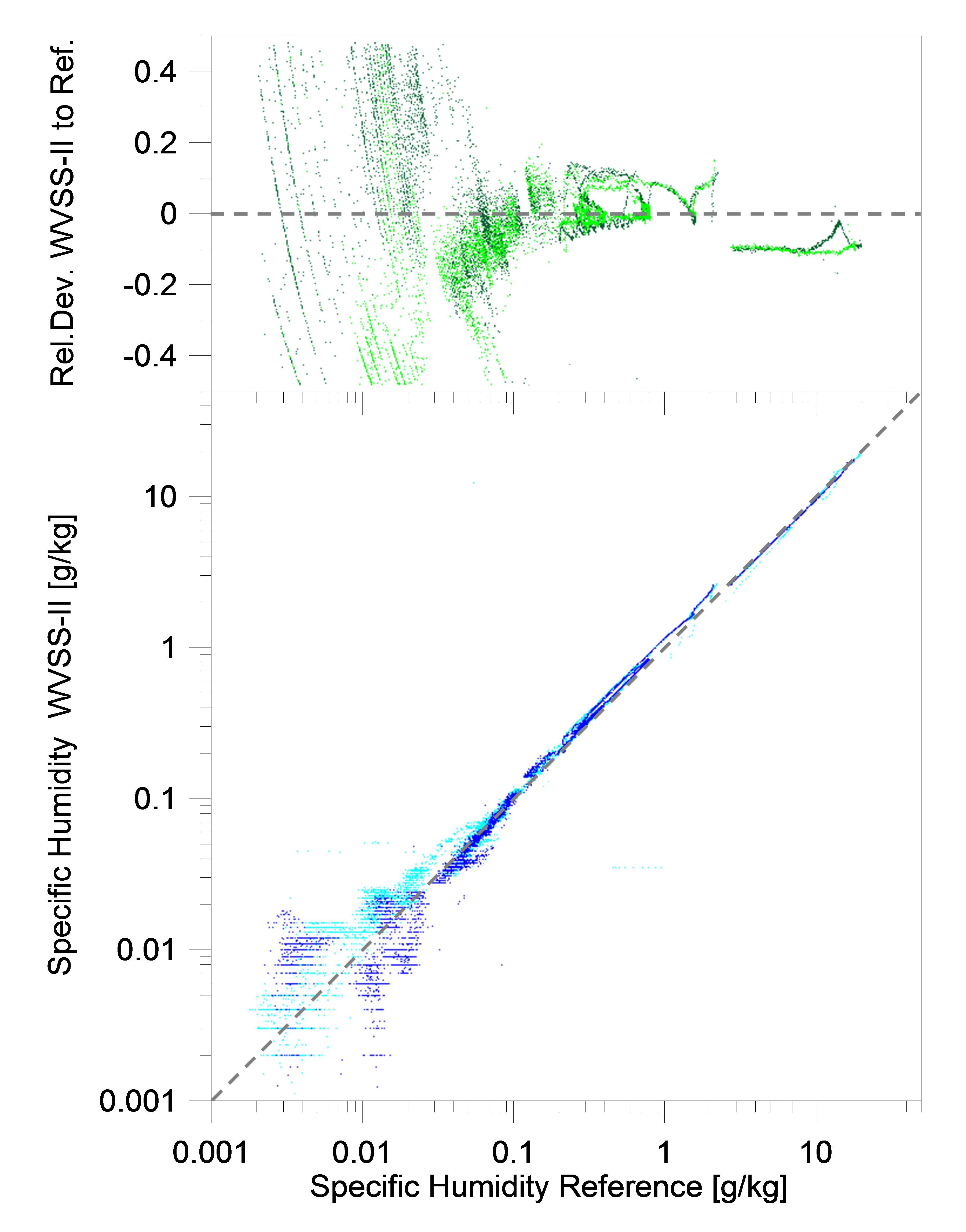
[ Archive ]

 |
ASPB and CIMSS Weekly Report
[ Archive ] |
 |
IN THE PRESS:
ITEMS FOR THE ADMINISTRATOR:
ITEMS FOR THE ASSISTANT ADMINISTRATOR:
ITEMS FOR THE OFFICE DIRECTOR, STAR:
Météo-France and Russian Hydrometcenter Begin Use of Direct Broadcast Polar Winds: Earlier
this year, the Hydrological and Meteorological Centre of Russia
(Hydrometcenter) began using the direct broadcast Moderate Resolution
Imaging Spectroradiometer (MODIS) polar winds in their numerical weather
prediction system. Météo-France expanded their use of direct broadcast MODIS and Advanced Very
High Resolution Radiometer (AVHRR) winds from Rothera (Antarctica), Barrow, and Fairbanks (Alaska) when winds from these sites were added to EUMETCast's distribution system at the
end of November. MODIS and AVHRR polar winds, from direct broadcast
sites and/or the NESDIS operational products, are now used in
operational forecast systems at twelve centers in eight countries. (J.
Key, E/RA2, 608-263-2605, jkey@ssec.wisc.edu)
AVHRR Session at AGU: Mike Foster and Andrew Heidinger convened and chaired a session at the American Geophysical Union's (AGU) annual meeting this week in San Francisco. The session focused on the accomplishments of the Advanced Very High Resolution Radiometer (AVHRR) remote sensing community since the 1970's. The roughly 20 participants came from several countries and presented results from Arctic, cloud, aerosol, fire and vegetation studies. The AVHRR has flown on the NOAA polar orbiting satellites since 1978. (M. Foster, CIMSS, 608-265-1857, A. Heidinger, E/RA2, 608-263-6757)
ITEMS FOR THE DIVISION CHIEF, CoRP:
NOAA Water Vapor Sensing System-II Validation results: Knowing the accuracy and representativeness of new observing systems is critical for their optimal use in data assimilation and other applications. One new system is the laser-diode based Water Vapor Sensing System (WVSS-II) currently being deployed and tested on commercial aircraft in the U.S. (UPS and Southwest Airlines) and, to a more limited degree, in Europe. The results of a recent intercomparison study of WVSS-II and rawinsonde data are useful not only for assessing the accuracy of the humidity data, but also for determining how best to use these data as a supplement to other upper-air moisture measurements and as background for using the data as a source of asynoptic observations to validate/calibrate a variety of satellite moisture products. Overall, the WVSS-II specific humidity (SH) observations match the rawinsonde data very closely, with random differences ranging primarily from 0.2 to 0.7 g/kg, well within WMO recommendations. When the WVSS-II SH data are converted to relative humidity (RH) and the impact of aircraft temperature biases are removed, the RH statistics show biases that range from negligible near the surface to values exceeding ±5% at several higher levels. The agreement between independent observations of moisture exceeds that of most, if not all, other operational data sets. More information is available at http://cimss.ssec.wisc.edu/snaap/validation/. (Ralph Petersen, CIMSS, 608-262-5152, Wayne Feltz, CIMSS, and Lee Cronce, CIMSS) (Click image to enlarge)
(Click image to enlarge)VISITORS:
NEXT WEEK:
LOOKING AHEAD:
| Archived Weeklies Page | Submit a report item |